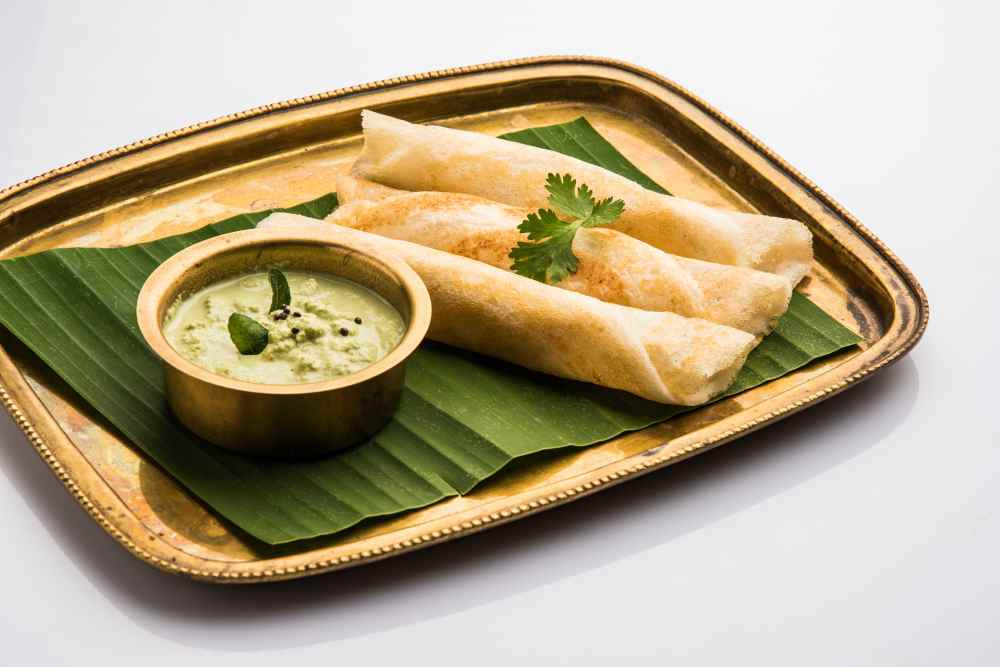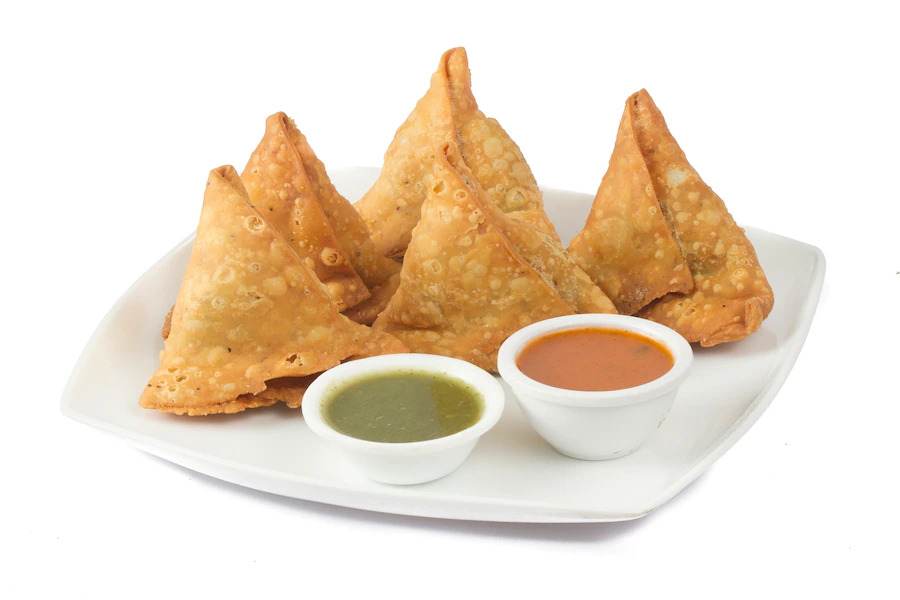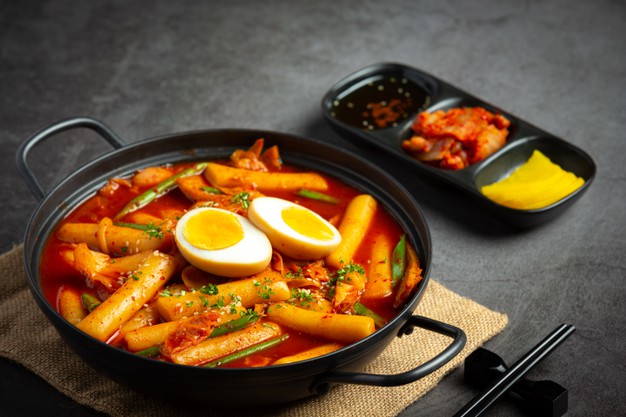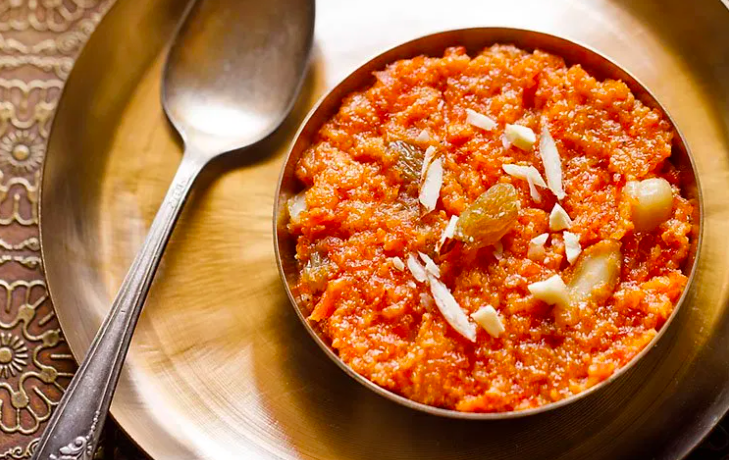Poha dosa is amazingly soft, spongy, porous crepes or pancakes made with flattened rice, idli rice, curd and urad dal batter. Poha is flattened rice and dosa are crepes. Poha has various names. So these dainty fluffy pancakes take the first name of this hero ingredient aka poha and are also called as Atukula Dosa or Aval Dosa or Avalakki Dosa in regional South Indian languages. Serve them with Coconut Chutney or Sambar for a comforting breakfast or lunch.
Ingredients
- 1 cup idli rice or parboiled rice or regular rice like sona masuri rice, parmal rice – 200 grams
- ½ cup thick poha (flattened rice or parched rice) – 50 grams
- 2 tablespoons urad dal (husked black gram)
- ½ cup Curd
- 1 cup water for mixing with curd
- ¼ teaspoon baking soda
- 1 teaspoon salt or add as per taste
- oil as required
Instructions
Making Aval Dosa Batter
- In a bowl, take fresh curd (dahi or yogurt) and water. Mix very well with a wired whisk to make buttermilk. Don’t use sour curd.
- In an another bowl, take idli rice or parboiled rice or regular rice like sona masuri rice, parmal rice. Also add thick poha (flattened rice) and urad dal (husked black gram).
- Rinse the rice, poha and urad dal a couple of times with water. Then drain all the water.
- Now pour the prepared buttermilk (curd+water mixture) in the rinsed rice, poha and urad dal.
- Gently stir the mixture.
- Soak the rice, poha and urad dal in the buttermilk mixture for 2 to 3 hours.
- Drain and reserve the soaking liquid. Add the soaked rice, urad dal and poha in the blender jar.
- Grind or blend to a smooth batter using all of the reserved liquid.
- Remove the batter in a bowl and add baking soda and salt. Mix well.
- Ferment the batter for 4 to 5 hours or as required.
Cooking Poha Dosa
-
Heat a tava or griddle or a cast iron pan. Brush the pan with some oil.
-
Take a ladle of batter. Spread in a circular motion with the back of a spoon. Make a slightly thick dosa.
-
Drizzle oil around the edges and on top of the dosa. Cover the dosa with a lid.
-
Cook poha dosa for 1 to 2 minutes or till the base is cooked and crisp and the top is soft and spongy.
-
Flip the dosa and you can cook the other side if you want.
-
Similarly, make the rest of the avalakki dosa with the batter.
-
Serve poha dosa hot with coconut chutney or sambar.
-
Any leftover batter can be refrigerated for 1 day.
Notes
-
- Don’t use sour curd as the batter will become very sour by the time it is fermented.
- You can also use 2 cups of buttermilk instead of mixing curd (yogurt) with water.
- For making vegan poha dosa use plant-based yogurt like almond or cashew yogurt.
- Baking soda gives a nice fluffy and lighter texture to these dosai. Feel free to omit it if you don’t want to use.
- The recipe can be scaled to make a bigger batch of aval dosa.
![]()





